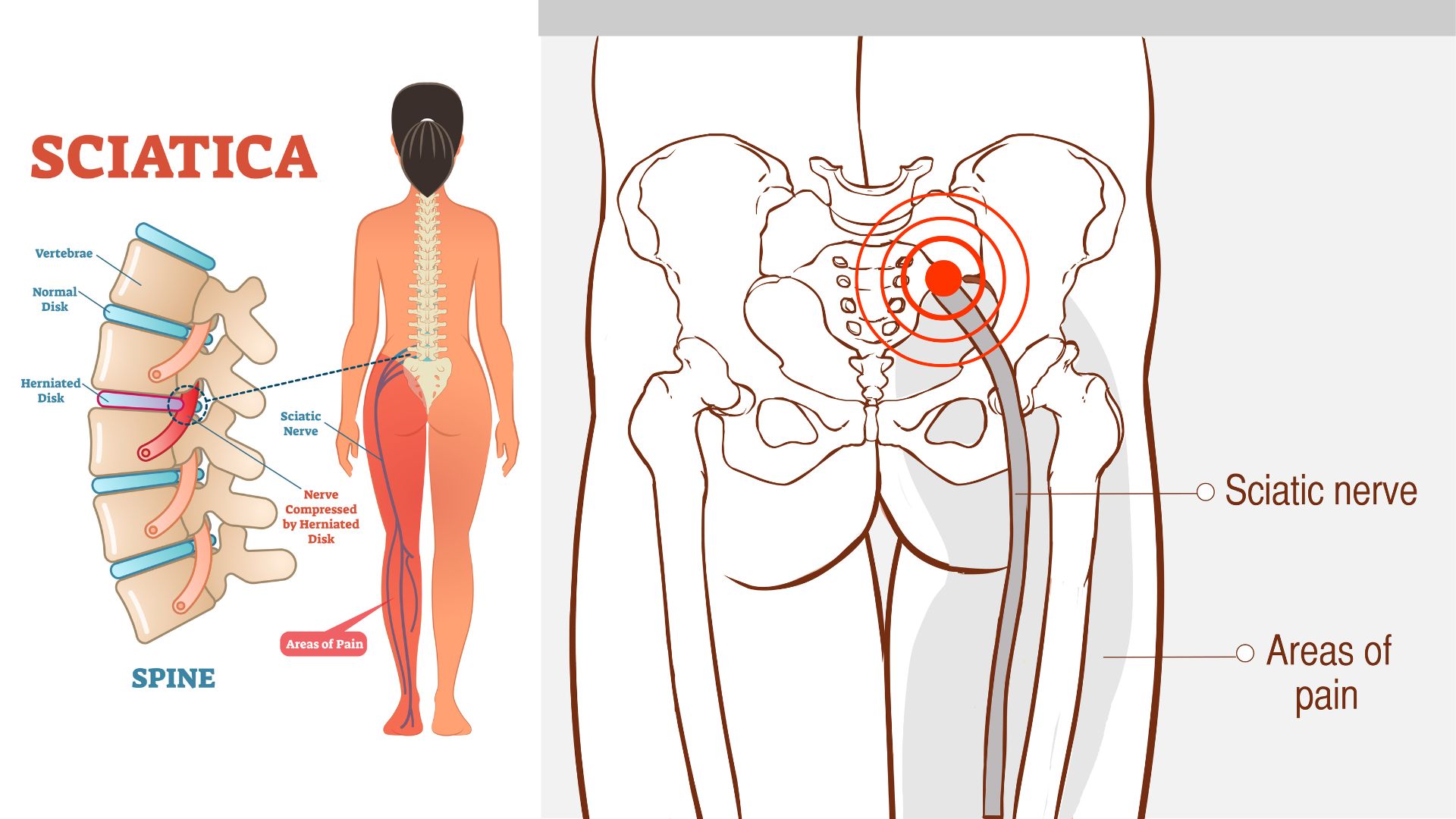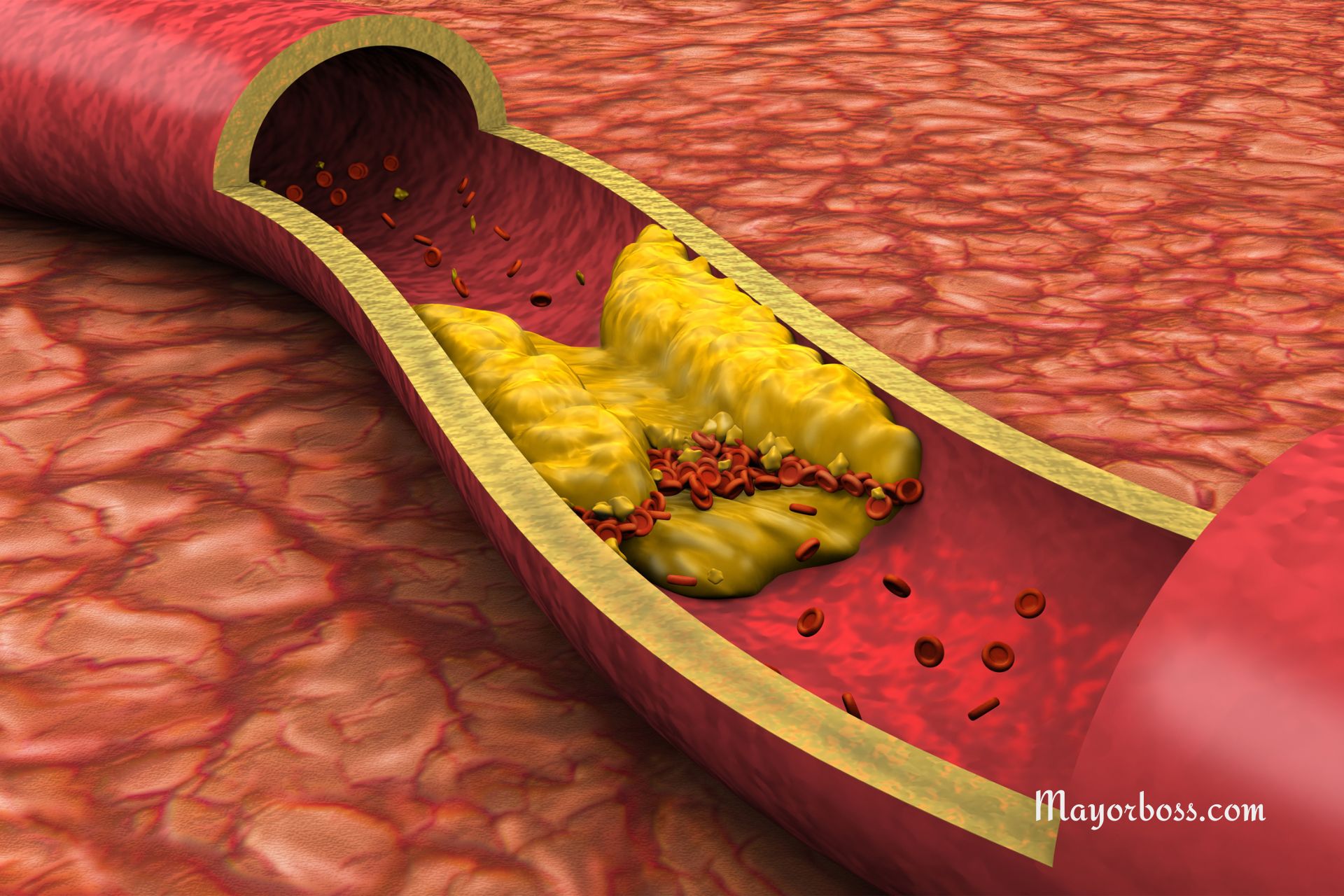How to Ease Your Sciatic Nerve Pain
Sciatic nerve pain, or sciatica, can be a real pain in the back, literally. It’s a condition that affects many people, causing discomfort that ranges from mild to excruciating. This pain usually runs from the lower back down through the buttock and along the path of the sciatic nerve, which is known as the longest nerve in your body, extending down to your feet. If you’re dealing with this kind of pain, you might feel desperate for relief. Fortunately, there are several ways you can ease sciatic nerve pain right at home, as well as when it’s wise to seek professional help.

What Causes Sciatic Nerve Pain
Sciatica can result from several issues, such as a herniated disk, spinal stenosis, piriformis syndrome, or a bone spur, all of which can put pressure on the sciatic nerve. Sometimes, it’s not just one cause but a combination that triggers the pain. Knowing the cause can help tailor the most effective relief strategy.
Home Remedies for Sciatica Relief
Stay Active
You might think that resting is the best way to deal with sciatic nerve pain, but staying active is actually more beneficial. Gentle exercises, like walking or light stretching, can help decrease inflammation and lessen pressure on the sciatic nerve. However, avoid heavy lifting or twisting your back for a while.
Apply Heat or Cold
Applying heat or cold treatment to the affected area can also offer immediate relief. For acute pain, you can use a cold pack to reduce inflammation. After two or three days, switch to a heating pad to relax tense muscles that may be contributing to the pain.
Stretch Regularly
Stretching is another effective way to alleviate sciatica pain. Focus on stretches that target your lower back, buttocks, and legs. The major priority is to perform these stretches gently and hold them for about 30 seconds without bouncing.
Practice Good Posture
Poor posture can worsen sciatica symptoms. Make sure you’re sitting with proper support, standing straight, and sleeping on a mattress that provides adequate support. Adjusting your posture can significantly reduce the pressure on your sciatic nerve.
Get a Massage
Massages help to relax tense muscles, which can relieve pressure off your sciatic nerve. For example, deep tissue massage focuses on the deeper layers of muscle and can break up muscle knots that might be putting pressure on your sciatic nerve. On the other hand, a Swedish massage is gentler and can help improve blood flow and relieve muscle tension. Finding a massage therapist experienced in treating sciatica is crucial. You’ll want someone who understands the condition and knows how to target the problem areas effectively.
Be Mindful of Your Sleeping Position
Your sleeping position can also make a difference. Try sleeping on your back with a pillow under your knees or on your side with a pillow between your legs to relieve pressure on the nerve.
When to Seek Professional Help
While home remedies can be effective, there are times when it’s essential to seek professional advice. If your sciatica symptoms persist for more than a few weeks or become worse, or you experience symptoms like weakness in the lower extremities or loss of bladder or bowel control, it’s time to visit a doctor. These could be signs of a more serious condition requiring medical intervention.
Professional Treatments For Sciatic Nerve Pain
Medications
In some cases, over-the-counter pain relievers like ibuprofen or acetaminophen aren’t enough. Your doctor might prescribe stronger medications for sciatica, such as Gabapentin, Diclofenac, Pregabalin, Prednisone, or Amitriptyline, to manage the pain.
Topical Creams
Creams that contain menthol or camphor create a cooling sensation that can divert your mind from the pain. These creams are available at most pharmacies.
Physical Therapy
For persistent sciatica pain, physical therapy can be a game-changer. A physical therapist can develop treatment techniques to strengthen your muscles, support your back, and improve your flexibility, which can help relieve sciatica pain.

Advanced Options
For severe cases, more advanced treatments like steroid injections or surgery may be recommended. These are typically considered when conservative treatments fail to provide relief and the pain significantly impacts your quality of life.
Frequently Asked Questions
1. Can sciatica go away on its own? Yes, in many cases, sciatica can resolve itself within a few weeks with proper self-care. However, persistent or severe cases may require medical intervention.
2. What exercises should I avoid if I have sciatica? Avoid heavy lifting and exercises that involve twisting your back or putting pressure on it. High-impact activities like running may also aggravate sciatica.
3. Is it better to sit or lie down with sciatica? Neither sitting for long periods nor lying down for too long is recommended. It’s best to alternate between sitting, standing, and moving around to keep the spine flexible and reduce pressure on the sciatic nerve.






